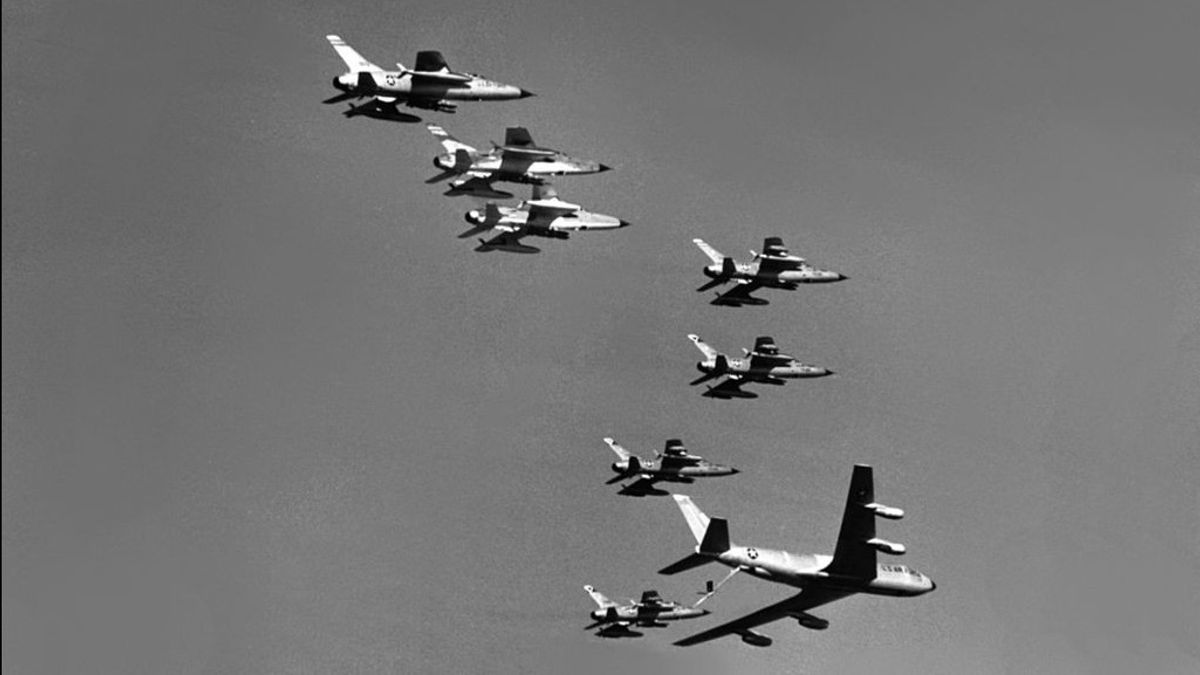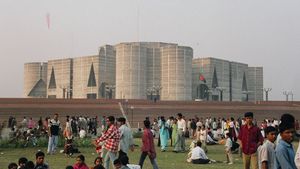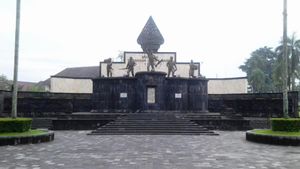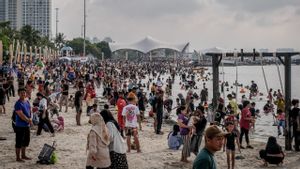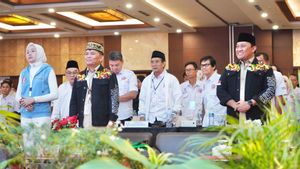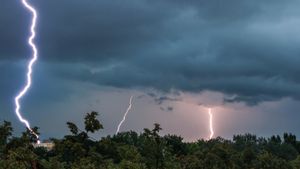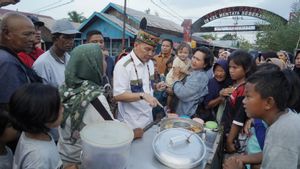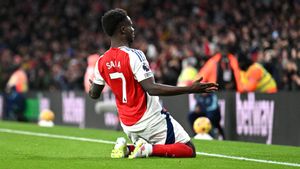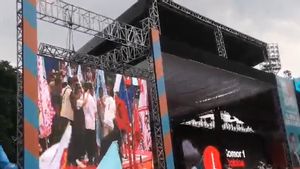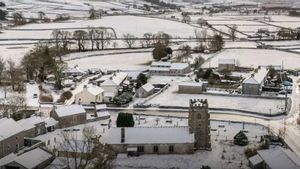JAKARTA - On March 2, 1965, the United States (US) launched Operation Rolling Thunder. The operation was in response to an attack by the South Vietnam National Liberation Front, or NLF or Viet Cong, on the US airbase at Pleiku. President Lyndon B. Johnson's administration cites a number of reasons for shifting US strategy to include systematic airstrikes in North Vietnam.
Among other things, government officials believed the intense and continued bombardment could encourage North Vietnamese leaders to accept the non-Communist government in South Vietnam. The US also wanted to reduce North Vietnam's ability to produce and transport supplies that helped the Viet Cong insurgency.
The end goal, Johnson and his advisers hope to raise morale in South Vietnam while destroying the Communists' will to go to war. To quote History, Operation Rolling Thunder has gradually grown in both range and intensity.
Initially, airstrikes were restricted to the southern part of North Vietnam. However, US leaders eventually moved the target area steadily to the north to increase pressure on the Communist government.
In mid-1966, US aircraft attacked military and industrial targets throughout North Vietnam. The only areas deemed off-limits to bomb attacks are the cities of Hanoi and Haiphong as well as the buffer zone along the Chinese border.
Shortly after operations began in 1965, Johnson sent the first US ground troops to the Vietnam War. Although their initial mission was to defend air bases in South Vietnam which were used in bombing operations, the troop's role was soon expanded to include the Viet Cong in active combat.
As the North Vietnamese army became increasingly involved in the conflict, President Johnson continued to increase the number of American troops in Vietnam. Initially, airstrikes were restricted to the southern part of North Vietnam. But US leaders eventually moved the target area steadily north to increase pressure on the Communist government.
Failed Operation Rolling Thunder
Although North Vietnam did not have a large air force, their leaders managed to build an effective defense against bomb attacks. With help from China and the Soviet Union, North Vietnam built a sophisticated air defense system.
Using radar-controlled anti-aircraft artillery and missiles, North Vietnam shot down hundreds of American planes during the bombing operation. As a result, the majority of the pilots and aircraft gun system operators were taken prisoner and detained by North Vietnam.
North Vietnamese leaders also took a number of steps to reduce the impact of US bomb attacks. They built bomb-resistant tunnels and shelters and at night rebuilt roads, bridges, communications systems, and facilities that were hit by the bombs.
In addition, the Communists used destructive airstrikes as propaganda to increase anti-American sentiment and patriotism among North Vietnamese. The bombing of North Vietnam continued for more than three years.
President Johnson finally gave up bombing operations on October 31, 1968, in pursuit of a negotiated settlement with the Communists. Historians differ in their assessment of the strategic value of the Rolling Thunder operations.
Some claim the bombing operations nearly paralyzed North Vietnam from going to war. However, critics argue that the effectiveness of the operation was limited.
Despite the difficulties the Johnson administration faced during Operation Rolling Thunder, President Richard M. Nixon, Johnson's successor, resumed bombing North Vietnam shortly after taking office in 1969. In 1972, Nixon launched another major bombing operation against North Vietnam called Operation Linebacker.
TODAY'S HISTORY
SEE ALSO:
The English, Chinese, Japanese, Arabic, and French versions are automatically generated by the AI. So there may still be inaccuracies in translating, please always see Indonesian as our main language. (system supported by DigitalSiber.id)
